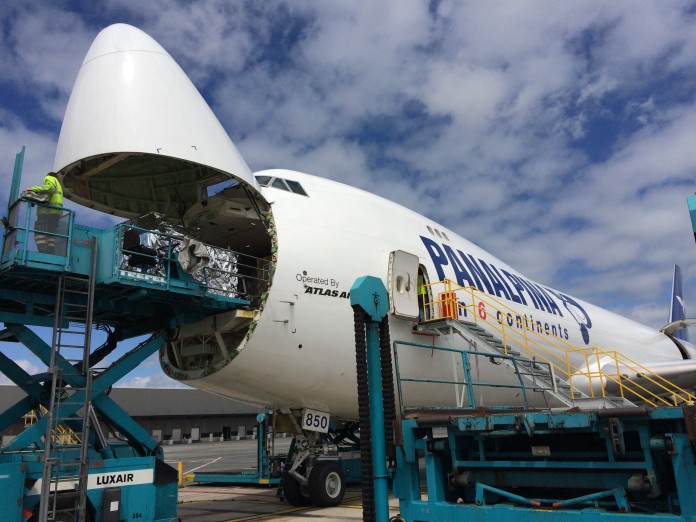

Panalpina is urging the adoption of ‘circular’ supply chains to free trillions of dollars of inventory trapped in current supply chains which will also help avoid the hidden environmental cost of the ‘take-make-dispose’ model.
In what sounds suspiciously like ‘near-shoring’, the forwarding and logistics giant said the current model of linear supply chains will only result in an unsustainable increase of inventories.
“Product life cycles are getting shorter and consumers demand that products be delivered faster, but you can’t keep up if you need to manufacture and ship the product from the other side of the world,” says Panalpina country head of marketing and sales in Canada Dimitri Brink.
Brink was presenting during the recent G7 Summit in Canada at a policy workshop where he said the increasing use of technology, such as 3D printing is making local production of ‘make-on-demand’ and ‘personalised products’ more accessible.
Ease of access
From a remanufacturing perspective, it is now becoming easier for people to get access to spare parts and repair products, rather than just junking them, he says.
“We are seeing a shift from linear manufacturing to distributed manufacturing, and from linear supply chains to circular supply chains. The large batch units made in Asia-Pacific are now becoming modular products that are personalised and assembled close to customer demand,” Brink says.
This means that logistics providers are going beyond just moving products and are now increasingly taking responsibility for manufacturing and repair, as well as the local sourcing and procurement of products.
Panalpina’s warehouses in Dubai, Brazil, Panama and the Czech Republic have been transformed into manufacturing facilities and gone from simply storing inventories of products made overseas to manufacturing them in or closer to the country of demand.
While many factors influence this emerging trend, including macroeconomic and sociopolitical changes, Brink observed that the single biggest driver of change is the consumer. Particularly so with the younger generation of consumers who expect things immediately when they buy online, and are more environmentally conscious and also open to the shared economy.
For companies that move products all over the world the transition to shorter and circular supply chains is a great opportunity, says Brink. And not just a commercial opportunity, but also one to combine economic advantages with wider environmental gains.










